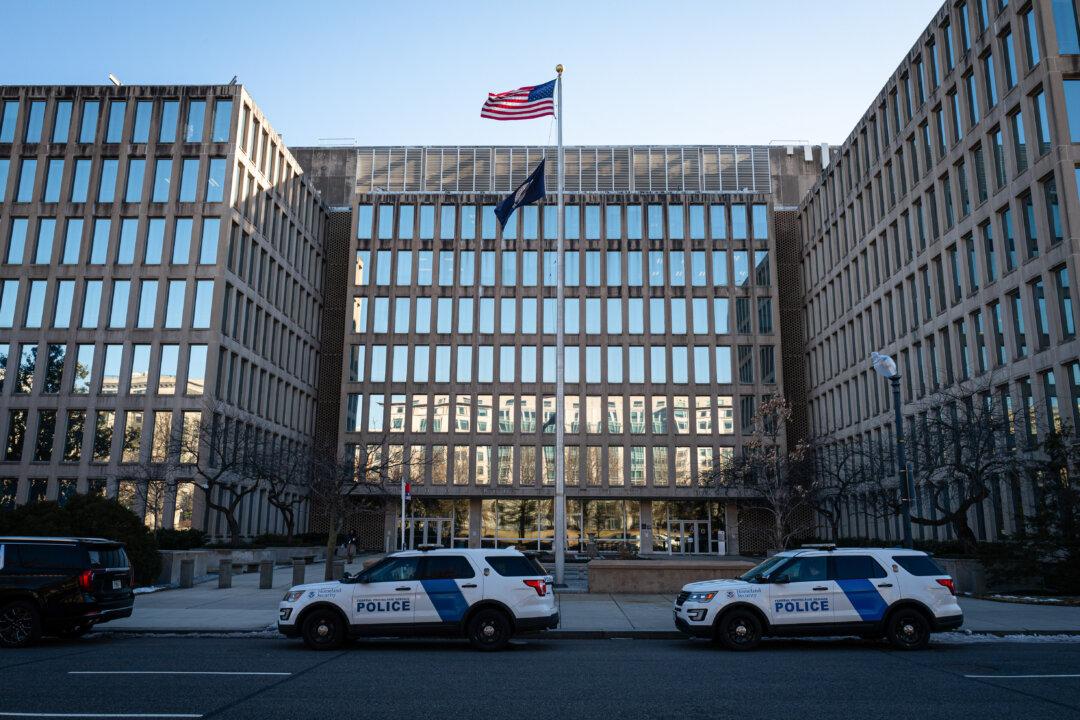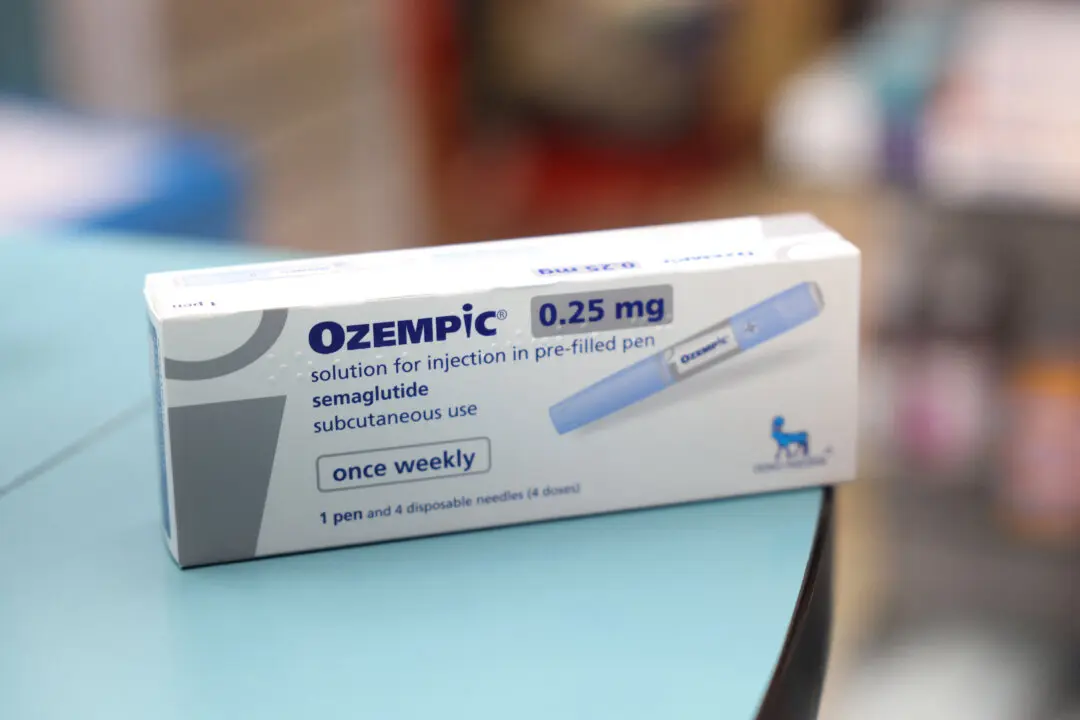A synthetic opioid called nitazene, which is several times more potent than fentanyl, is contributing to rising cases of drug overdoses in the United States, according to a new study.
“Synthetic opioids, such as the fentanyl analog and nitazene drug class, are among the fastest growing types of opioids being detected in patients in the emergency department (ED) with illicit opioid overdose (OD),” the Aug. 29 study published on JAMA Network said. Analog drugs are similar in chemical structure to a controlled drug. Fentanyl is legal in the United States, while fentanyl analogs are the illicit version. Nitazenes, developed in the 50s, were never approved for the market.





